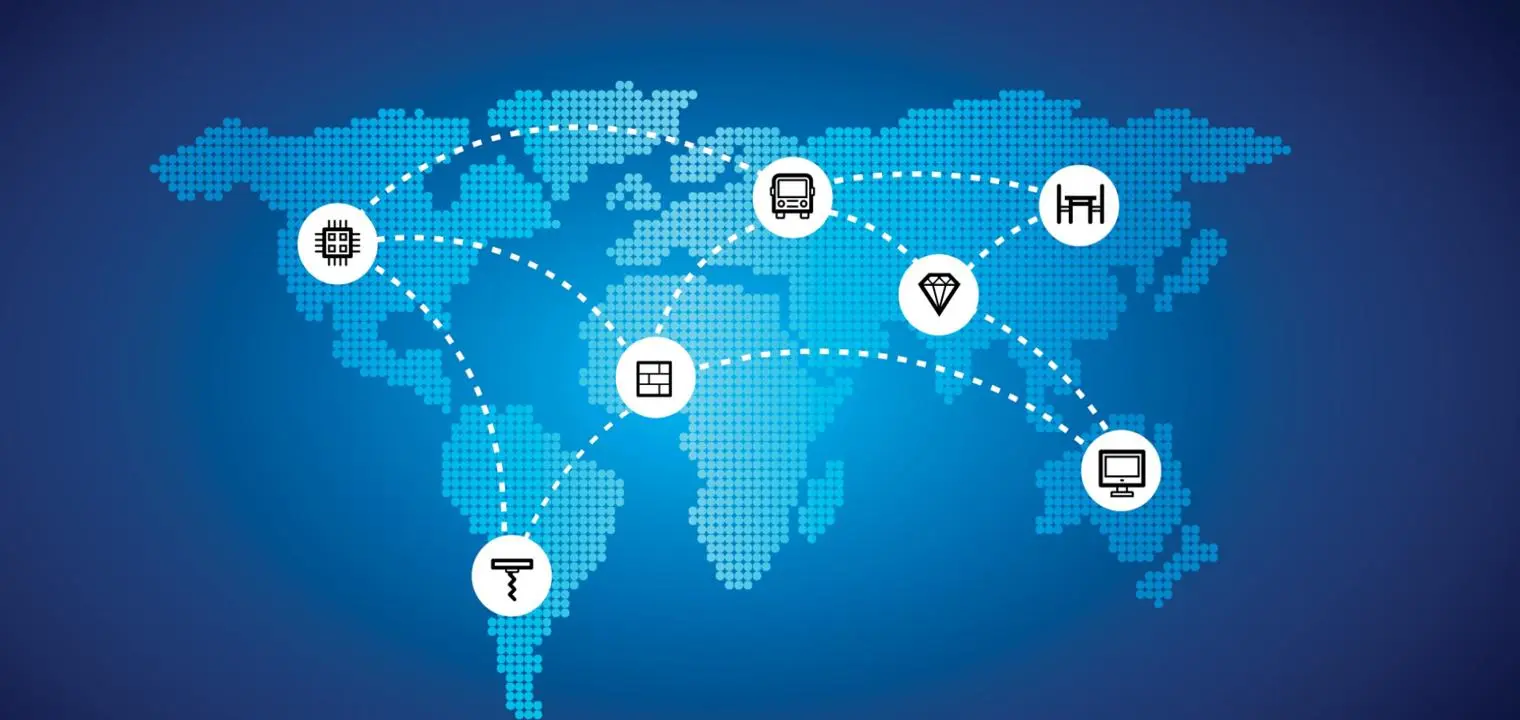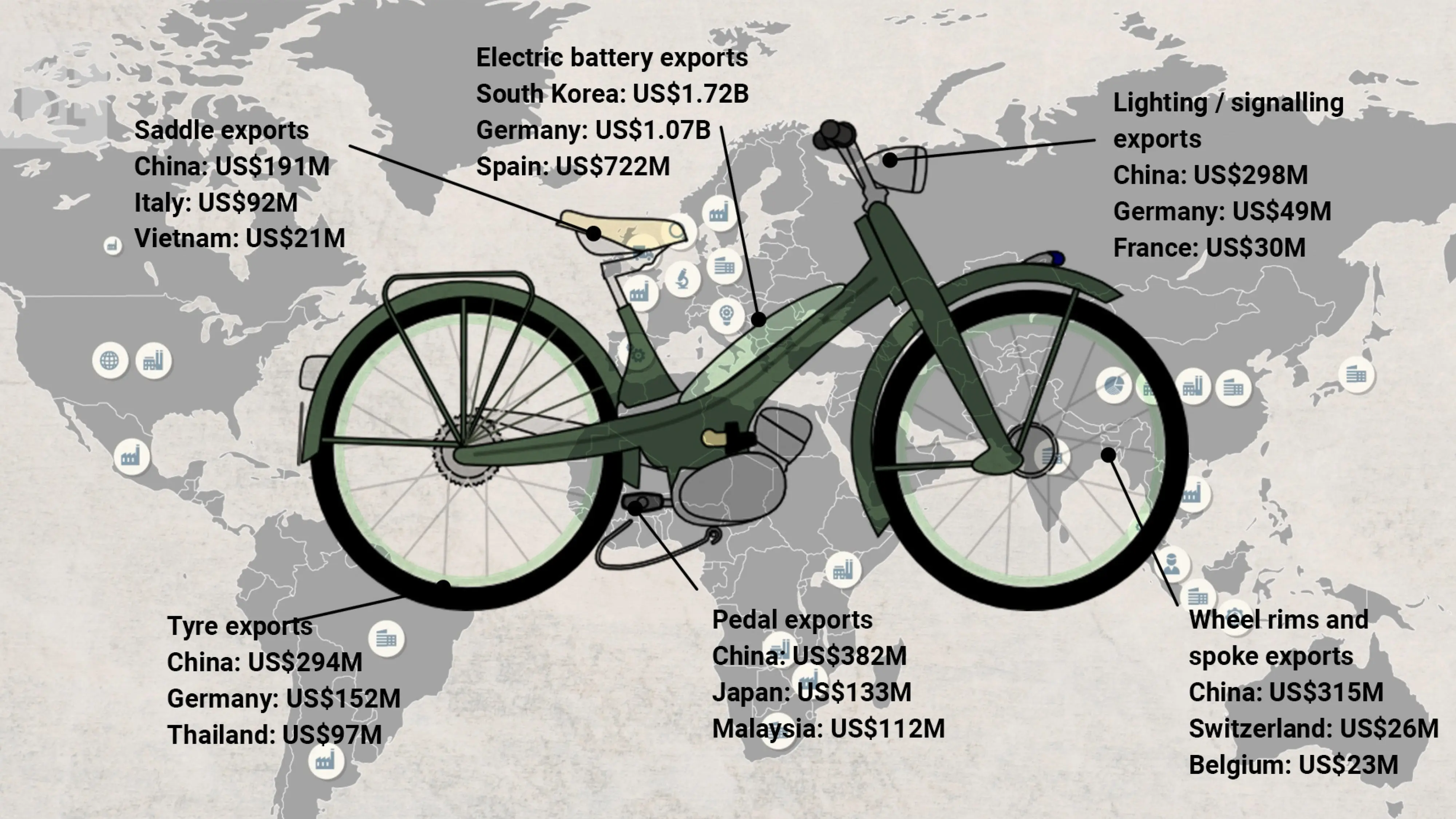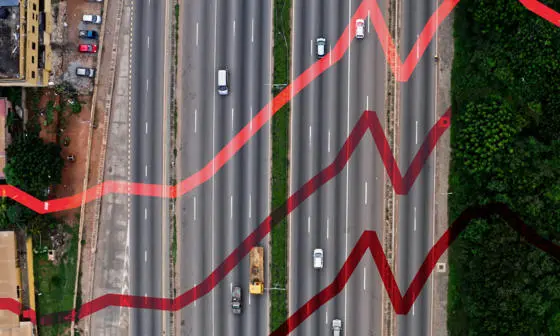Leveraging opportunities from Global Value Chains for regional development

Contents
Global Value Chains (GVC) are the core of the interconnected world of trade and investment. As indicated in our new book Harnessing Global Value Chains for Regional Development - How to upgrade through regional policy, FDI and Trade they have changed the way regions have developed and remain central to their future progress.
What is a GVC and why does it matter for economic development?
For readers unfamiliar with GVCs, a useful aid to conceptualise the term is the bicycle. With a bicycle, the production does not take place in one place. When viewed as just the final good itself, international trade data shows the top three exporters of the bicycle as China (including Chinese Taipei), which exports over $4.5bn of bicycles, Germany, almost $800m, and the Netherlands, with $700m. Yet this bicycle is not solely produced in these countries. Rather it is created across countries, from a collection of areas producing certain intermediate components/goods—each contributor adding value in different ways. The final exporter country then brings them together for end assembly. See Figure 1 below.

But GVCs are about more than manufacturing. Beyond production, the GVC also considers value chain related tasks such as research and development, design, purchasing, logistics, and marketing as well as aftercare. Thus, a GVC incorporates all the activities that are required to bring a product to market—from conceptualisation to production, design to PR—which are often located and spread throughout the world.
As such they are complex and interconnected. Furthermore, when considering development they represent economic opportunities, with evidence from 1995 to 2011 showing all sectors, except textiles, as having increased their GVC participation. GVCs account for almost 50 per cent of global trade today, so it is crucial that policymakers consider how these international links work and manage to harness them to promote economic development.
GVCs account for almost 50 per cent of global trade today, and so it is crucial that policymakers consider how these international links work and manage to harness them to promote economic development.
How can GVCs be harnessed for regional development?
Beyond making the case for why policy decision makers should look to leverage GVCs, our book also blends insights from academic and public policy as to how this might occur. One core concept we argue for is upgrading—a process enabling firms, countries, or regions to move into progressively higher value activities within GVCs—increasing benefits from participation. Specifically, our work highlights upgrading via foreign direct investment with a task-based approach. Some of these tasks are outlined in Figure 2 below.
This upgrading via GVC approach offers decisionmakers an alternative from classic approaches to economic development, where the process of development goes from agriculture, to manufacturing and eventually to services. Similarly, it differentiates itself from economic geography theories, which argue that countries and regions should differentiate in related or unrelated industries in order to grow and develop. Rather, leveraging GVCs requires a different approach—one many regions are already utilising successfully. Framed by the literature, it is one moving from the old paradigm of thinking—from low to high value sectors focusing on final goods—and replacing it with a new paradigm. This new paradigm sees development as the movement from low to high value-added activities within sectors, with a focus on intermediate goods, such as the bicycle’s pedals or chain. This approach is exemplified in Figure 2.
Regions can attempt to upgrade in many different ways—with the two main forms being horizontal and vertical upgrading. The former sees the development of a new product in an existing or in a new industry that is part of a GVC, while the latter offers a new function for firms within the GVC. These are detailed in more depth in related work.

The role of GVC mapping and public policy in upgrading
To aid public policy behind a regional approach to GVCs, we argue there is an important role for GVC mapping to underpin a diagnostic approach. Historically, GVC mapping has focused on the chain itself—what firm and product links a country wants to build and embed. The approach our work outlines also considers the importance of geography. We propose complementing the current approach to GVC mapping with additional GVC-orientated regional mapping. Such a regional focus aligns with evidence on factors of importance that firms seek at the sub-national level and thus are influential for upgrading and development. In short, when mapping, in parallel to looking outwards to the chain, it is also important to look inwards.
Once regions understand their position and direction, they can better deliver GVC orientated policies which are designed and tailored for GVC engagement. Ways to encourage such engagement include regional investment promotion agencies, local linkage units or aftercare policies. Policymakers will also be able to better consider the consequences of GVC neutral policies—those not designed or tailored specifically for GVC engagement, for example human capital skills and education. While not intentionally looking to leverage GVCs, such perceived GVC neutral public policy will still have relevant consequences for a region’s ability to upgrade along the GVC and develop as a result. Additionally, engaging with actors in the value chain will aid managing the potential negative effects that might occur when exposing a region to global trade. With GVC orientated policy there is a better opportunity of keeping value in a region and see it diffuse to local firms and workers—as outlined in our video.
While much remains to be researched and understood about GVCs, the evidence that exists shows that Harnessing Global Value Chains for Regional Development has considerable merit. The approach set out in this new Policy Impact Book, one of proactive sub-national public policies for engagement with GVCs and Foreign Direct Investment—is empirically grounded and in our view, an important consideration for development.
Download a PDF version of this article





